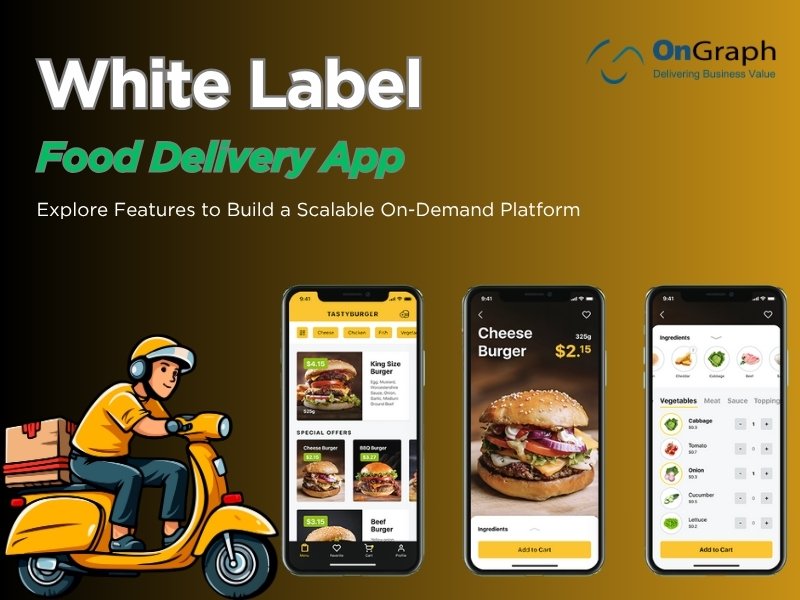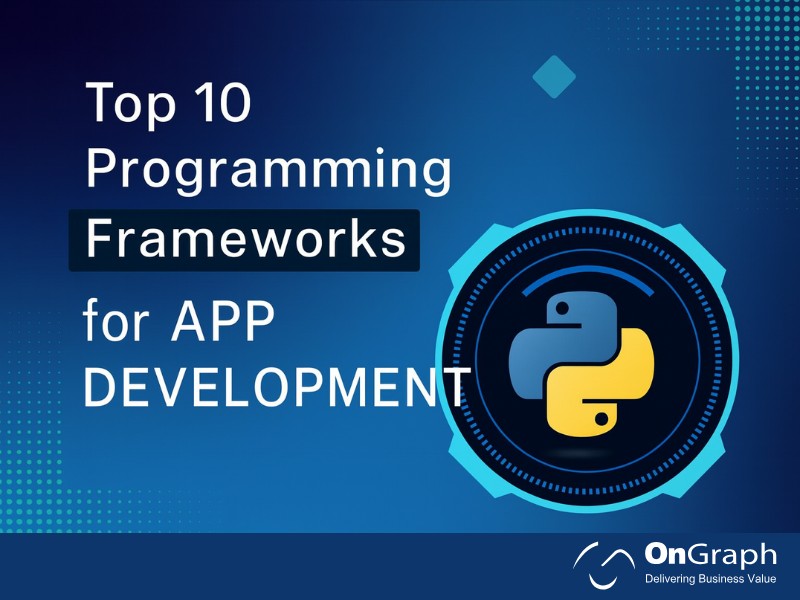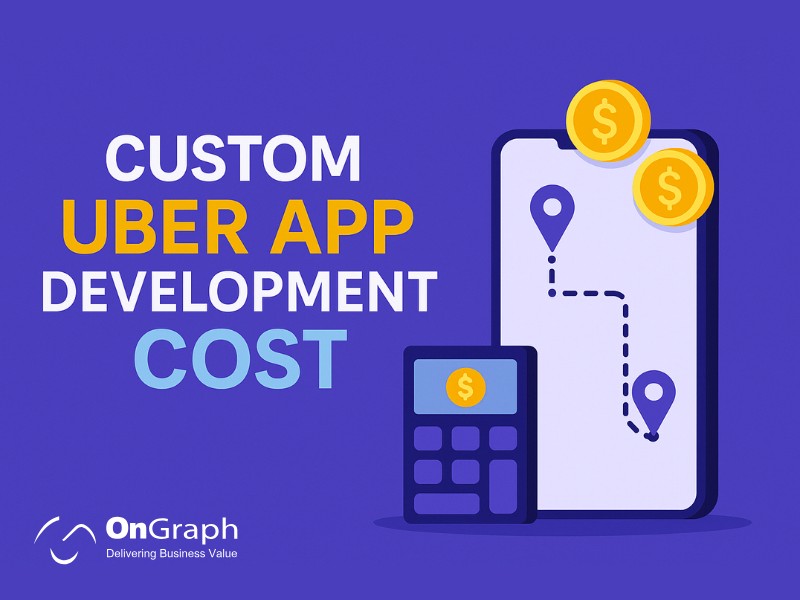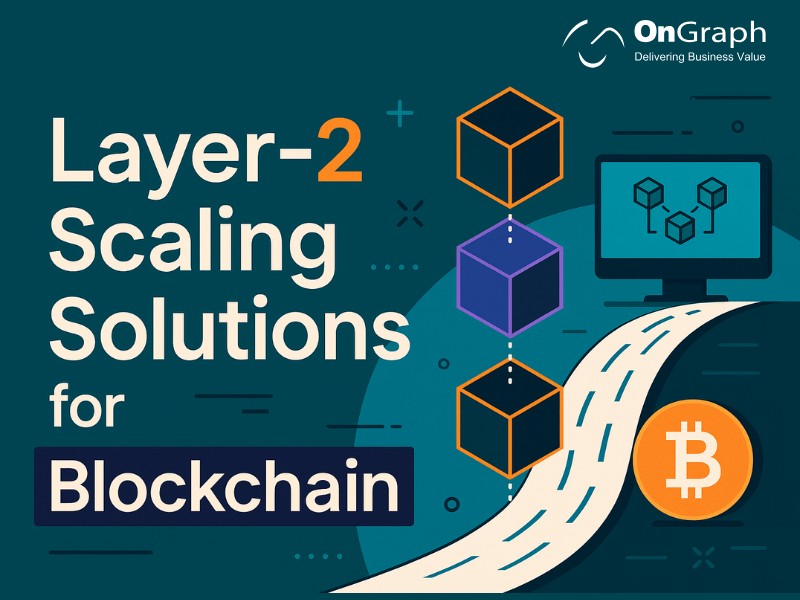In this article
- Why 2025 is the ideal time to launch a white label delivery platform?
- What exactly is a white label food delivery app solution?
- Core features your white-label food delivery app must include
- How much does it cost? (Food Delivery App Cost in 2025)?
- How to monetise your white label food delivery app (Make Money With White-Label Apps)?
- How to pick the right white label food delivery app development company?
- Step-by-Step Launch Roadmap for 2025
- Case Studies & Real-Life Examples
- Key Challenges & How to Overcome Them
- Conclusion
In today’s fast-moving digital economy, a white label food delivery app gives you the power to launch a branded delivery platform without building everything from scratch.
You can tap into booming demand, attract restaurants and users, and monetise through layered revenue models.
This guide walks you through cost estimates, essential features, monetisation strategies, and how to choose a top-tier white label food delivery app development company.
Whether you are an agency, startup, or local business, this insight will help you build the right solution and execute effectively.
Why 2025 is the ideal time to launch a white label delivery platform?
- The global online food delivery market is expected to reach around US$323.29 billion in 2025, growing at a CAGR of roughly 9.4% from 2025–2030.
- Reports show white-label food delivery platform adoption is increasing as restaurants seek alternatives to high aggregator fees.
- Urbanisation, smartphone penetration, and demand for convenience continue to drive growth in on-demand food services.
- By starting with a white label delivery app solution, you can move faster than custom builds and capitalise on this growth early.
What exactly is a white label food delivery app solution?
- A white-label app development model is where a Food Delivery App Development Company provides a ready-made platform that you brand as your own.
- You obtain the user-app (customers), restaurant portal, delivery partner app, and admin panel, and apply your branding, colours, and logos.
- This contrasts with a full custom build, which costs more, takes more time, and carries more risk.
- A white label model allows you to customise what you need, launch faster, and retain control of your brand and operations.
Core features your white-label food delivery app must include
When choosing white-label app solutions, ensure the base feature-set covers the following — you can add more later:
Customer module:
- Registration/login (mobile number, email, social)
- Browse restaurants, filter by cuisine, ratings, and distance
- Place orders, customise items, cancel or modify orders
- Real-time tracking of the delivery partner
- Multiple payment options: card, wallet, cash on delivery
- Ratings & feedback system
- Offers, loyalty programme, repeat-user incentives
Restaurant/partner module:
- Onboarding and verification of restaurants
- Menu management (items, prices, availability)
- Order acceptance/rejection, preparation updates
- Dashboard for sales, ratings, inventory/availability
- Commission/subscription tracking and settlement
Delivery partner module:
- Registration, vehicle verification, and onboarding
- Accept orders, navigation route, status updates (“picked up”, “delivered”)
- Earnings tracking, performance dashboard, incentives
Admin & platform module:
- Super-admin console to manage users, restaurants, deliveries, and payments
- Commission/subscription configuration, promotions management
- Analytics and reporting (orders, revenue, delivery times)
- Multi-region/multi-currency support (if scaling globally)
- Branding and theming capabilities
Additional must-haves:
- Scalable architecture (cloud hosting, microservices)
- High performance, reliability, API integrations
- Payment gateway integration complying with local regulations
- Security, data protection, and compliance (especially in regulated markets)
- Rapid deployment via a true white-label platform
By picking a robust base from a white label delivery app development company, you can launch quickly and focus more on growth and less on core tech build.
Transform Your Restaurant Business with a White-Label Food Delivery App
How much does it cost? (Food Delivery App Cost in 2025)?
Understanding the food delivery app cost is essential for planning and budgeting. Here are updated estimates for white label food delivery app development in 2025.
- Basic ready-made white-label app: USD 5,000 – USD 25,000 (2-4 weeks)
- Customised white label delivery app: USD 30,000 – USD 80,000 (1-3 months)
- Fully-featured enterprise scale (multi-vendor, advanced features): USD 100,000+ (3-6 months)
- Annual maintenance is typically ~15-20% of the initial cost.
Important cost-drivers include: number of platforms (iOS/Android/web), custom features (loyalty, dark-kitchen integration), geographic localisation (currencies, languages), integrations (payments, mapping), infrastructure/hosting requirements, and ongoing support.
By selecting a white-label model, you reduce both time-to-market and upfront cost compared to building entirely from scratch.
How to monetise your white label food delivery app (Make Money With White-Label Apps)?
Launching is only half the battle — monetisation is the key to profitability. Here are effective models:
- Commission-based model: Charge a percentage (typically 15-30%) per order from restaurants.
- Subscription model: Restaurants or delivery partners pay a fixed monthly fee for being on your platform or accessing premium features.
- User delivery fees & surge pricing: Charge customers for delivery, especially during peak hours or high-demand zones.
- Advertising & featured listings: Restaurants can pay for premium placement or in-app promotions.
- Data/analytics services: Provide insights to restaurants and charge a premium for analytics, repeat-order trends, and customer segmentation.
- White-label reseller model: If you are acting as a reseller, you can sell the white label platform to end clients and earn margins — a key “make money with white-label apps” path.
- Licensing & expansion: License your branded platform into new regions, earn recurring revenue via regional partners.
To maximise revenue: keep operational costs low, scale user and order volume, optimise delivery routing, and increase retention.
How to pick the right white label food delivery app development company?
Selecting the right vendor is critical. Use these criteria:
1- Proven experience with delivery, multi-vendor platforms, and logistics.
2- Transparent cost breakdown (brand, customisation, infrastructure, ongoing support).
3- Ownership/licensing terms: Ensure you can brand the platform and ideally have source code rights.
4- Speed to market: Ensure they can launch quickly with the white label solution.
5- Scalability: Design is cloud-ready, multi-region, and multi-currency to support future growth.
6- Feature-rich base: Covers all essential modules so you don’t reinvent basics.
7- Localisation & compliance: Supports local payment gateways, languages, and regulatory requirements.
8- Ongoing support and maintenance: Bug-fixes, updates, DevOps support.
9- Monetisation flexibility: Able to support commission, subscription, ads, and analytics models.
10- Branding & customisation: you should be able to apply your brand, customise UI/UX, and differentiate your offering.
Step-by-Step Launch Roadmap for 2025
Here’s a practical roadmap to launch your white label food delivery app:
Step 1 – Market Research & Positioning
- Choose target geography (city, country) and define your niche (cuisine type, local chain, underserved area).
- Study competitors: service levels, fees, and gap opportunities.
- Define your unique value proposition (brand, speed, cost, loyalty).
Step 2 – Select your white label solution provider
- Shortlist and evaluate white label food delivery app development companies.
- Review demos, case studies, and ask for references.
- Confirm branding rights, source code/licensing, and integration capabilities.
Step 3 – Define features & customisation
- Choose core modules from Section 3.
- Identify any custom features: e.g., dark kitchens, subscription option for delivery partners, and an advanced loyalty programme.
- Finalise cost, timeline, hosting/infrastructure arrangements (see cost section).
Step 4 – Branding & UI/UX setup
- Apply your logo, brand colours, and themes.
- Localise for language, currency, and local payment gateways.
- Ensure smooth, intuitive user journeys (customer, restaurant, delivery partner).
- Test usability with a small group.
Step 5 – Infrastructure & operations setup
- Set up hosting (cloud provider, region) and deploy environment.
- Onboard the initial cohort of restaurants and delivery partners.
- Configure payment, subscriptions, commissions, and delivery zones.
- Define KPIs: order volume, average delivery time, retention rate, partner churn.
Step 6 – Beta launch & testing
- Soft launch in selected city/zone to test operations with limited users.
- Monitor and optimise: app performance, delivery tracking, restaurant workflow, partner onboarding.
- Fix issues, gather feedback, iterate.
Step 7 – Full launch & marketing activation
- Expand to the full target geography.
- Use digital marketing (paid ads, social media), local partnerships, and referral programmes for users and restaurants.
- Offer promotional deals to drive adoption (discounts, free delivery).
- Leverage analytics to identify high-value users and retention strategies.
Step 8 – Monetise & scale
- Launch your revenue model: commission, subscription, ads, analytics upsell.
- Expand to new zones/cities, replicate the platform brand.
- Continuously optimise operations (delivery routing, driver utilisation) to lower the cost per order.
Step 9 – Measure, optimise, grow
- Review metrics: Monthly Active Users (MAU), orders per user, average order value, retention rate, revenues, and cost per order.
- Use data to improve UX, operations, and monetisation.
- Update your white label solution with new features as needed (dark kitchen integration, multi-vendor marketplace, loyalty programmes).
Case Studies & Real-Life Examples
While not naming specific brands, here are modeled examples based on industry patterns:
- A local restaurant chain adopted a white label-branded delivery app. Within six months, it grew to 2,000 monthly orders, using a subscription model for partner restaurants plus delivery fees for users.
- A startup used a white label food delivery app solution to launch in one city. They monetised using 12% commission from restaurants and featured listings. They then expanded to two further cities within nine months using the same platform brand.
- According to a recent guide, the white-label vs custom-built comparison shows that white label deployment reduces time-to-market and cost, and allows businesses to focus effort on branding and growth rather than core tech.
These examples illustrate how you can use a white label food delivery app solution to enter the market rapidly, test your model, and scale.
Key Challenges & How to Overcome Them
Launching a food delivery platform—white label or otherwise—comes with common challenges:
- Logistics cost & delivery efficiency: High delivery costs and inefficient routing reduce margins. Solution: Invest in routing optimisation, cluster deliveries in zones, and partner with local courier networks.
- Restaurant onboarding & retention: If restaurants do not see value, they will churn. Solution: Offer incentives, show analytics, deliver high-quality orders, and achieve high user volume quickly.
- User acquisition & retention: Competition is intense. Solution: Focus on differentiators (niche cuisine, loyalty programme, faster service), use referral programmes, and track retention metrics.
- Infrastructure scalability & downtime: As you grow, system load increases. Ensure you are using a scalable, cloud-based architecture via your white label solution vendor.
- Regulatory & compliance issues: Payment regulations, food safety, and labour laws vary by region. Build these into your model from launch.
- Profitability: Many large players struggle to break even. With white-label, you reduce capital risk, but you still need volume and cost control to make money.
By being aware of these issues early and planning for them, you improve your chance of launching a profitable platform.
Conclusion
Launching a white label food delivery app in 2025 is a powerful opportunity. The market is large and growing, technology barriers have lowered, and white label solutions accelerate time-to-market.
By partnering with an experienced Food Delivery App Development Company, selecting the right white label app solution, focusing on core features, and executing a smart monetisation and growth strategy, you position yourself for success.
The keys are speed, operational excellence, strong branding, and compelling value for restaurants, users, and delivery partners. Take advantage of this momentum, build your brand, and launch confidently.
FAQs
A white label food delivery app solution is a ready-made platform created by a development company that you rebrand and launch under your name. It includes customer, restaurant, and delivery partner modules plus an admin panel.
Costs depend on features and customisation. Basic versions start ~USD 5,000–25,000, more customised versions USD 30,000–80,000, enterprise scale USD 100,000+ (3-6 months). Maintenance ~15-20% annually.
Yes. While the base modules are ready-made, you can customise branding (logo, colours), select additional features (loyalty programmes, dark-kitchen support), integrate local payments/currencies, and localise the design. Make sure the provider gives flexibility and includes source code/licensing rights.
Key revenue models: commission from restaurants per order; monthly subscription from restaurants or partners; delivery fees from users; advertising/featured listings; analytics services; licensing your platform; and reseller margins if you sell to other businesses.
Look for proven experience in delivery/multi-vendor platforms, transparent cost breakdowns, branding and ownership terms, scalability, support and maintenance, customisation flexibility, localisation capabilities, and speed to market.
Challenges include high logistics and delivery costs, restaurant onboarding and retention, user acquisition/loyalty, infrastructure scalability and downtime risk, regulatory compliance, and achieving profitability in a competitive environment. Planning ahead mitigates these.
About the Author
Let’s Create Something Great Together!
Latest Blog
















